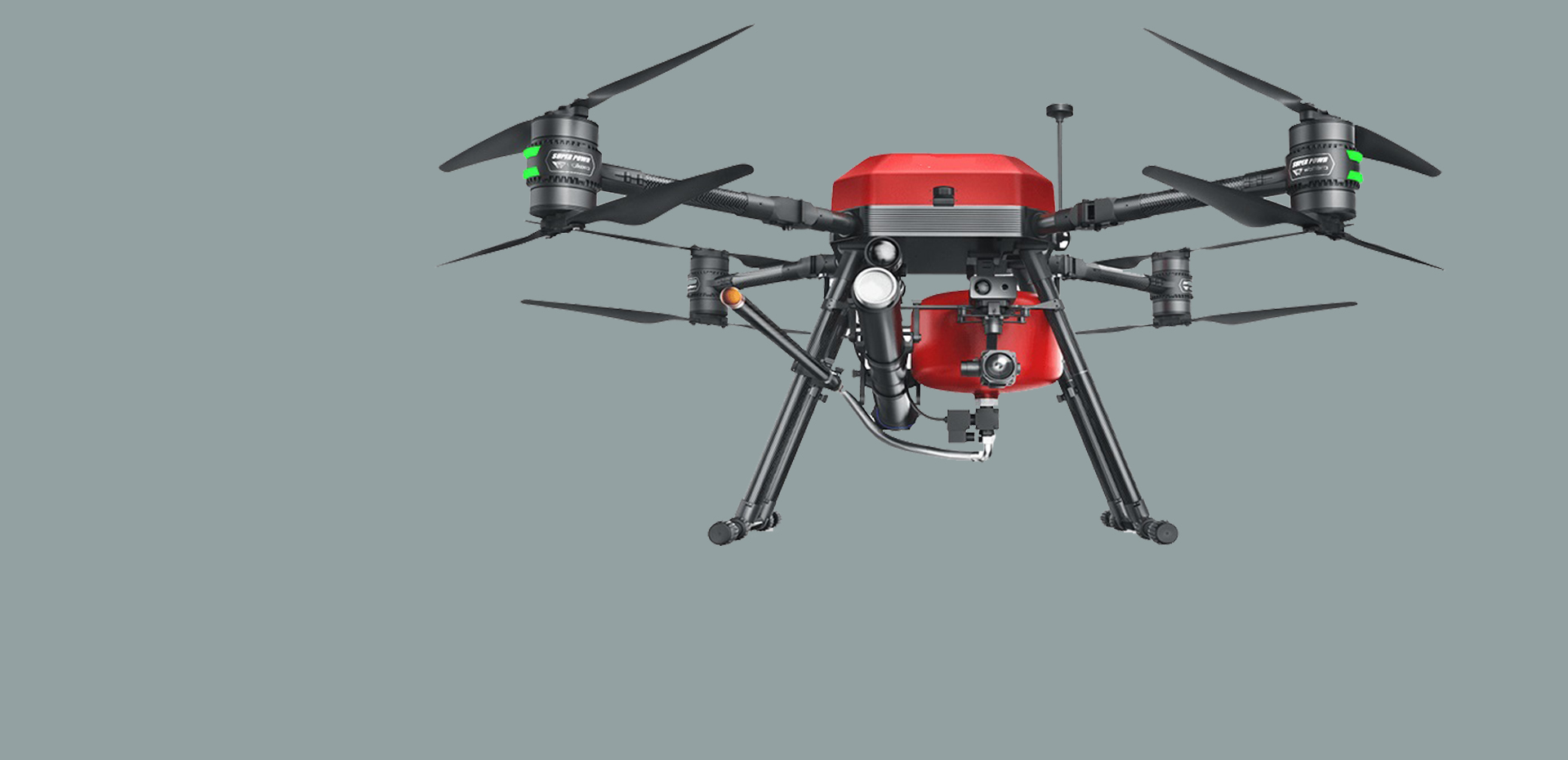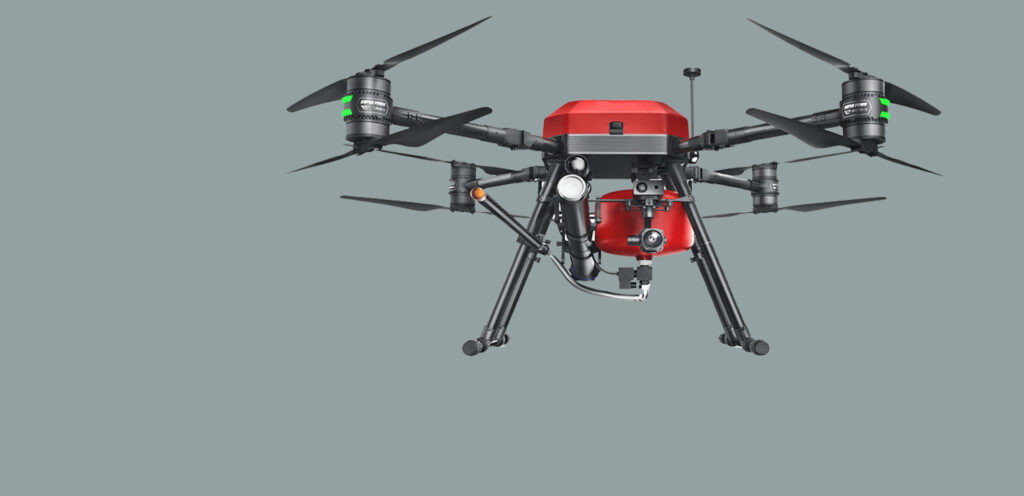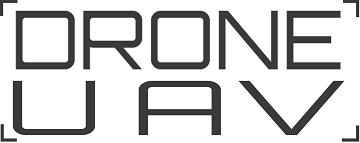Previous post
How does the drone transmission system work?

The advantages of drone transmission line inspection
- Post date: 14 Mar, 2024
- 107 Views
- 0 Comments

Drone technology has significantly transformed the inspection of transmission lines. Drones equipped with cameras, sensors, and specialized software can efficiently inspect power lines, providing several advantages over traditional methods:
Cost-Effectiveness: Drones reduce the need for manual inspections using helicopters or ground crews, which can be costly and time-consuming.
Safety: By utilizing drones, there’s less need for human workers to physically inspect the high-voltage lines, minimizing the risk of accidents or injuries.
Efficiency: Drones can cover large distances quickly and access hard-to-reach areas, enabling more frequent inspections and faster identification of potential issues.
Data Accuracy: High-resolution cameras and sensors on drones capture detailed images and data, allowing for precise analysis of the condition of transmission lines.
Predictive Maintenance: The data collected by drones can be analyzed using AI algorithms to predict maintenance needs and potential failure points, allowing for proactive action.
Environmental Impact: Compared to helicopters or ground vehicles, drones have a smaller carbon footprint, contributing to more environmentally friendly inspection processes.
Despite these advantages, there are challenges, such as regulatory constraints, weather conditions affecting flight operations, and limitations on the distance drones can cover in a single flight. However, advancements in technology and ongoing research aim to address these challenges and further enhance the capabilities of drones for transmission line inspection.

